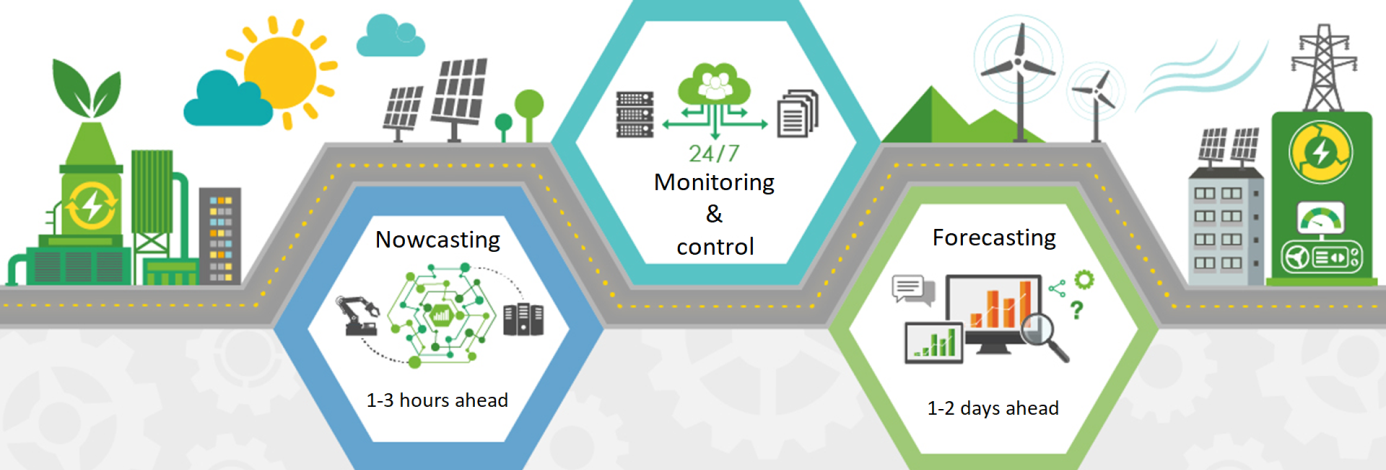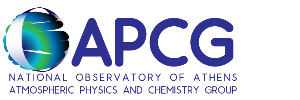Ramping up renewables is essential to meet sustainable development goals (SDGs) like affordable and clean energy (SDG7) without decelerating economic growth and reducing welfare. Since the most widespread technologies for the use of energy potential of sun privileged locations are the photovoltaics (PV) and the concentrated solar power (CSP) plants, the specific solar irradiance and energy resource mapping is crucial for decision making and optimized solar farms installation and management. At the same time, the influence of climatic conditions from the irrational use of the produced energy in conjunction with the energy dependence, the increasing energy prices and the inefficient energy use, lead to the need for optimal energy planning which in turn requires an efficient energy management as an integral part of the overall state administration.
More information on the technical background, applications and end-users can be found at the solar energy applications website (http://solea.gr/).

Energy management and control of the solar exploitation technologies.
Our activities include:
- Solar energy resource mapping, monitoring, nowcasting and forecasting: Provision of climatological and real-time services in support to energy management and planning.
- Radiative Transfer: Simulation of the interactions between solar irradiance and atmospheric parameters (particulate matter, clouds, water vapor, solar elevation, ozone, surface albedo, surface elevation, single scattering albedo).
- Renewable Energy: Simulation of produced energy from photovoltaics and concentrated solar power plants. Impacts of atmospheric parameters in solar energy potential in a climatological and operational basis.
- Solar effects on health: Simulation of ultraviolet index, DNA damage and vitamin D efficiency and impacts on human health.
- SDGs/Sustainable growth: Contribution to the United Nations Sustainable Development Goals focusing on the democratized access to affordable, reliable, sustainable and modern energy for all (solar energy management and planning), good health and well-being (UV-Index, Vitamin D efficiency, DNA damage), sustainable cities and communities (penetration of renwables in smart cities).
- Aerosol direct radiative effect: Impacts of dust on surface solar radiation and energy production.
- Develop and provide solar energy monitoring (operational and in real-time), nowcasting (1-3 hours ahead) and forecasting (1-2 days ahead) services and applications in support to energy managing authorities, solar energy investors and transmission and distribution system operators.
- Develop and exploit EO-based climatological databases of solar irradiances in terms of global horizontal and tilted irradiance (applies to PV) and direct normal irradiance (applies to CSP).
- Provide added value services comprise the development of business plans for establishment, operation and exploitation of any solar farm, quantification of night electricity costs, actual revenue over the lifetime of solar systems, annual flow of incoming-outgoing funds and break-even of any solar energy investment.

